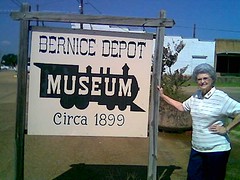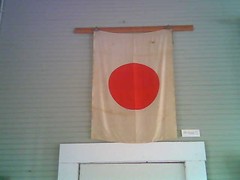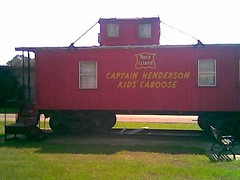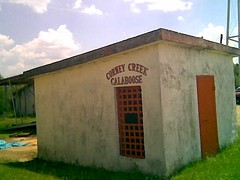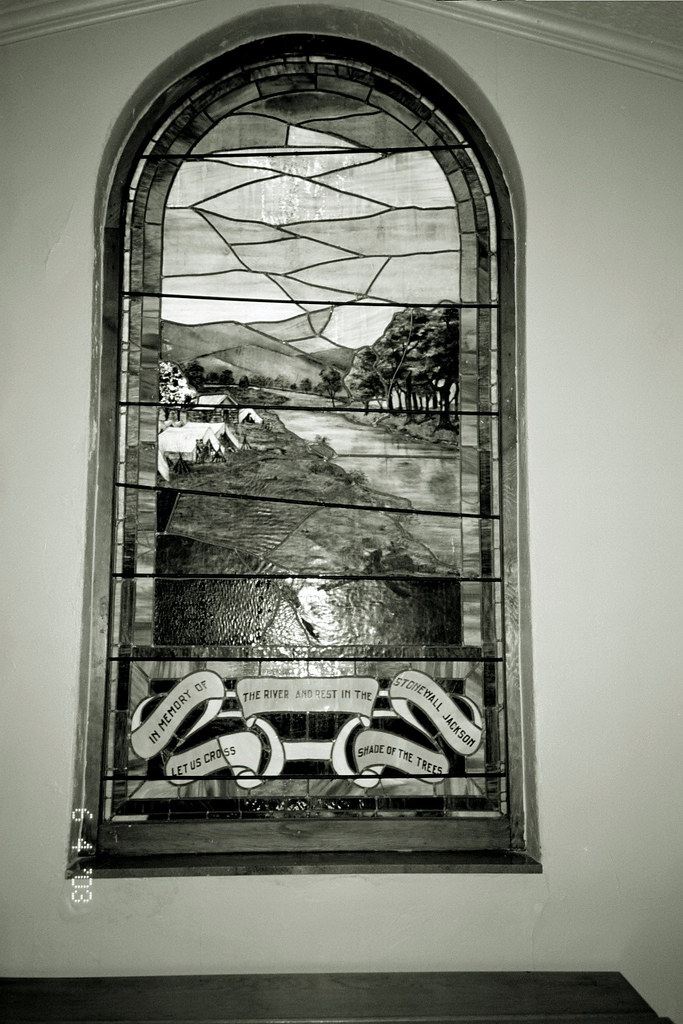I’m not giving up my adult writing, but I am now officially a children’s picture book author. (Likely, I’ll try my hand at young adult books also). I have two children’s picture books published with Pelican Publishing, and another as soon as they find an illustrator, which brings me to the point of my blog. If you know an artist, or if you are an artist, if you have done artwork for children’s books before, if you don’t mind the hard work and rewrites (in the artist case, re-draws) if you can do research to make your art factually actually accurate as well as beautiful, then you need to apply to Pelican Publishing. If you’re lucky, you’ll do the artwork for a hard-working author who will move a lot of books. If you’re smart, you’ll try to sell many books yourself. (You split the royalties with the author, so it’s in your favor to hook up with an author who will burn up the roads and do signings at many stores. For example, I did over 110 signings, programs, readings, and presentations last year. My book didn’t do badly, but if my artist had matched my efforts, we could have had a national best seller. )
I have more children’s books that Pelican would like to publish beyond these three I have with them, but they need artists. The one they’re ready to sign a contract on is The Little Confederate’s ABC Book. Please apply to Pelican, or tell a friend who is a good artist to apply. Please do look at the artwork for Jim Limber Davis: A Black Orphan in the Confederate White House and my Scottish Alphabet Book for samples of the quality of artwork that is needed. Here are Pelican’s Guidelines for Artists. If you’d like to team up with me, you need to be interested in and to do VERY well at Civil War art. You can find the guidelines page yourself here:
Pelican Publishing Company, the largest book publisher in the South, is always interested in talented, hard-working illustrators. All materials that are submitted to us are kept on file and reviewed as new projects arise. We would be very happy to have you send some of your best work for our perusal. Below are our basic guidelines for submissions.
Please Note: Pelican does not accept illustrations submitted via e-mail or the Internet!
Appointments: Pelican prefers submission by mail only. If an appointment is necessary, contact will be made with the artist.
Via Mail: Please send all materials securely packed and insured if necessary. Any materials to be returned must be accompanied by return postage and return packing materials.
Artwork Markings: Be sure all materials have your complete name, address and phone number in case the materials are separated or some are to be returned.
Artwork Format: Try to keep the size of all materials under 8 1/2 x 11 unless they may be folded. Materials are stored in a standard letter file cabinet, so oversize material is returned. Published works are preferable, but color and B/W copies are acceptable. Please do not send faxed materials unless requested.
Suggested Subject Matter: Since the majority of our illustrated books are for (1) children, (2) young adults and (3) technical, work submitted should be in these categories. Our children’s books are generally full color with both whimsical and realistic, human and animal characters. Our young adult books require black/white line work in a mostly realistic style. Technical work would include maps, diagrams, charts etc.
A current resume showing work in the design area (especially books) is helpful.
Pelican address:
All items being sent UPS, USPS or Federal Express materials should be sent to:
PELICAN PUBLISHING COMPANY
1000 Burmaster St.
Gretna, LA 70053
Attn: Production Manager
I have been fortunate to have had two great artists to have illustrated my books so far. Both did meticulous research and the illustrations are beautiful. I realize that their artwork is one reason I can sell and promote the book so easily. You’ll have to pitch your work yourself as it is standard policy for the author to have little decision-making power in regards to the illustrator. I wish you luck. I hope we can work together someday. You can query the editor of Pelican Publishing (only regarding ideas. Do NOT send artwork via email unless they request it) at this email: nkooij@pelicanpub.com or you can query them by snail mail at the address listed above.
Why Write Children’s Books?
I write children’s books because they are great tools. I want to teach children, teachers, and parents the great stories of history that have been left out of the history books. In my school programs (email me and I’ll send you a brochure) I’ve seen the joy that good books can bring to children. I’ve seen parents crack up with laughter over a book they read to their children. I’ve seen gifted and talented high school students do great read-alouds with children’s books. Children’s books are here to stay. Parents will keep children’s books when they’ve sold all their others in garage sales.
I didn’t intend to be a children’s book author, but I’m glad I am.

